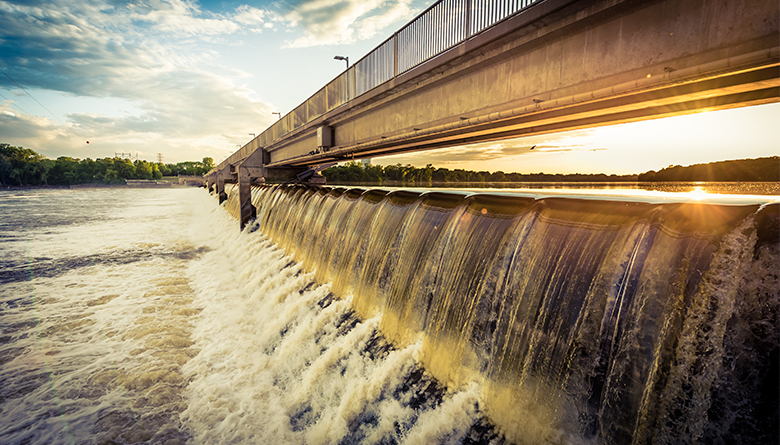By Dana Yamashita
A laboratory centrifuge is typically used for the separation of fluids, gases, or liquids, based on density. Very basically, when it spins, the centrifugal force created pushes denser substances down and lighter materials up. A team at Rensselaer is using its centrifuge, and research expertise in civil engineering, to look at soil liquefaction.
The point of the research is to explore the need to fortify dams to withstand earthquakes, which typically costs millions of dollars for the Army Corps of Engineers. They have been retrofitting some dams that Tarek Abdoun, chaired professor of civil and environmental engineering, thinks might not need to be retrofitted.
Abdoun and his team, which includes Ricardo Dobry, professor of civil and environmental engineering, will build soil models to scale and place them in the centrifuge — then simulate an earthquake and the pressure the soil would experience by spinning and shaking the model. The team will look at the soil liquefaction, a phenomenon that occurs when earthquake shaking reduces the strength and stiffness of soil to the point that it behaves like a liquid.
Previous work by Abdoun’s group revealed that current engineering approaches underestimate the resistance of soil, which could be leading to unnecessary and costly new builds and retrofitting.
“The method being used doesn’t represent the field condition properly,” Abdoun said. “We are showing from our lab tests and the centrifuge — which is unique and can simulate more than in the field — that it behaves much stronger.”
Abdoun is hopeful that by addressing this scientific gap in knowledge, Rensselaer engineers can make a recommendation for a more efficient and accurate approach to spending money on dam fortification.




